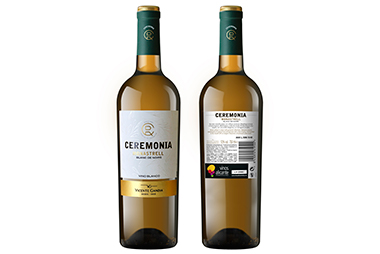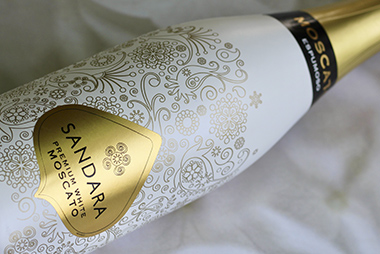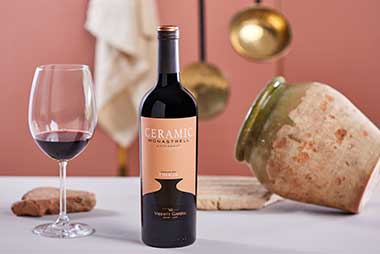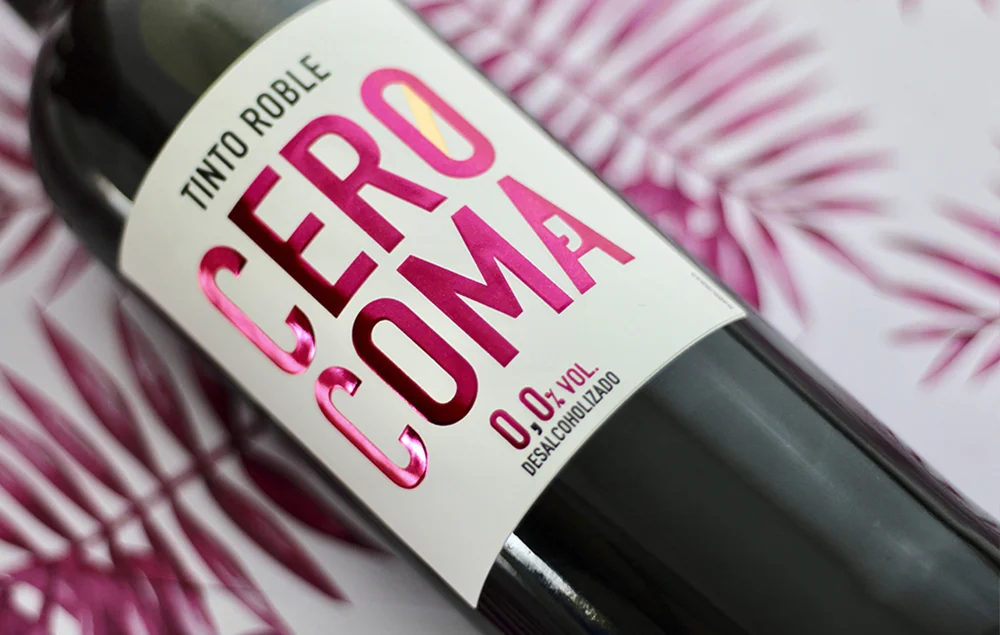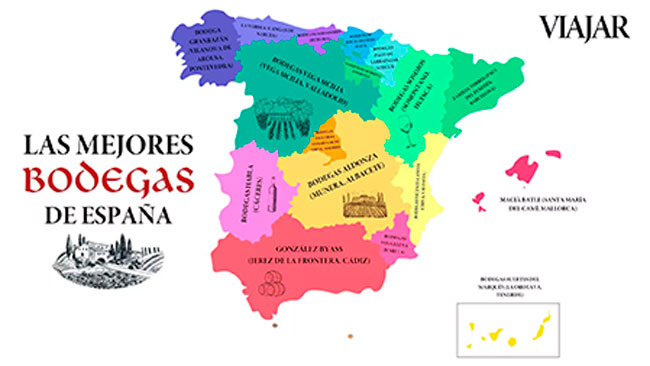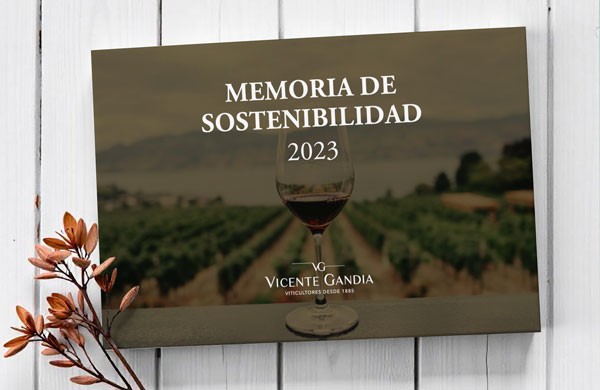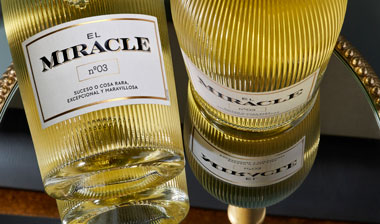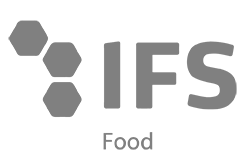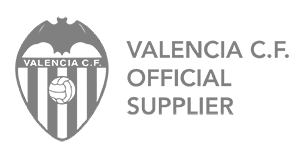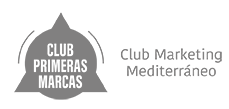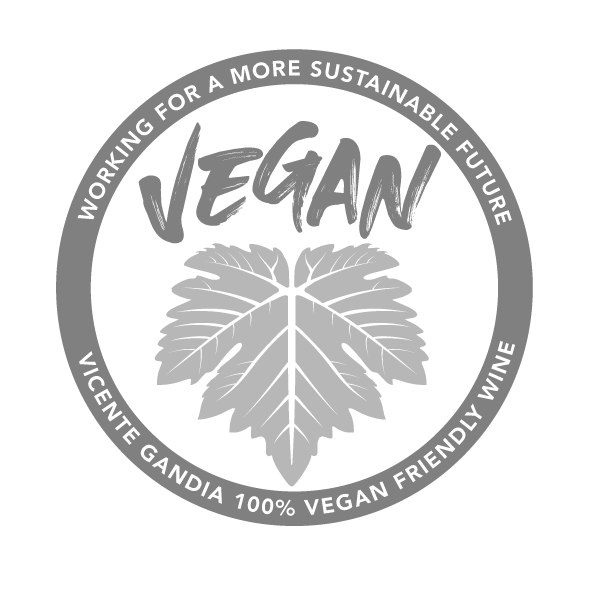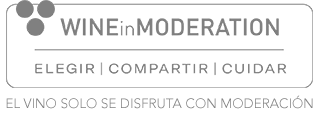The “love at first sight” in wine is given by the labeling of a wine, which is its letter of introduction and what makes the product unique. Well, the type of bottle we use also makes it striking, but this is already told by Jose Mª Busquets in his article, What’s important inside?
When we talk about wine labeling, we refer to all the elements that we put on the bottle, except stopper and capsule.
The front label is the visible face of the bottle, which helps us quickly identify the wine, and where, among other information, the brand and the most relevant characteristic will appear. It can also have some legal text, but in this part the important thing that will help to attract attention is the design with which we have made this label.
And then we have the back, the back label, which usually contains the legal (mandatory) information on the wine for the consumer.
What can we find in the wine labeling?
Wine labeling is regulated by European legislation on food labeling, but also by wine regulations and in turn by the regulations of Denominations of Origin or Protected Geographical Indications, in the case of a wine with Appellation of Origin or Protected Geographical Indication.
And what is the mandatory information that we will see?
- The category: wine, sparkling wine, liqueur wine, flavored wine-based drink, etc.
- Appellation of Origin, Protected Geographical Indication or certification authority which will include: logos, numbers or additional strips
- Alcohol content
- Origin of the wine, country of origin. (Product of Spain)
- The name of the winery that bottles it and its packer registration.
- If it contains any allergens, it must be indicated.
- The batch, which is the reference for the traceability of the product.
- For sparkling wines the sugar content
All this mandatory information, in addition, must have minimum font sizes so that it can be seen by the consumer without effort and not mislead. The issue becomes more complicated when we send our wines to other countries where in each of them there is specific legislation that must be complied with in order to market our products.
But in the labels we can also put other useful information for the consumer, although it is not mandatory, it is regulated:
- The vintage of the wine
- The varieties
- Production methods
- Nutritional information
- Sugar content for different sparkling wines.
- The Ecoembes logo
- Other recycling symbols
- Other product certificates such as organic, vegan, kosher.
The wine labeling legislation is currently (May 2021) under review by the European Commission. Until now, the indication of ingredients and nutritional values was not mandatory, and although there is no definitive date, or how it will be done, these data will become mandatory. One of the options that has been gaining more strength is the inclusion of a QR code on the labels to give this information, although the nutritional values must be indicated on the product labeling.
And with so much mandatory information, there is hardly any space to communicate the characteristics of the wine, or put a commercial text, a tasting note… and this is where it becomes important to explain, with as much detail and as few words as possible, how the wine that the consumer will find inside the bottle.
In addition, other elements of the labeling that we can find on wine bottles are the medals obtained in competitions that Diego Viudez tells us about in his article “The value of a medal in a wine”.
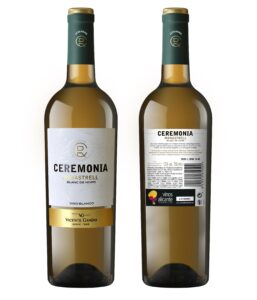
LABELING EXAMPLE
Mandatory information:
Same visual field:
Product Category: White Wine
Appellation of Origin: Vinos de Alicante
Alcohol Content: 12%vol.
Origin: Product of Spain
Producer: Produced and bottled by Vicente Gandia Pla, S.A.
Volume: 750ml
It may be in another visual field, but in this case it is in the same:
Allergens: Contains Sulphites
Lot: L.1096
Packer Registration: R.E. 1806-V-ES
Optional information:
Vintage: 2020
Varieties: Monastrell
Logos: green dot and not recommended pregnant

Article written by:
Pilar Soler,
Gestora del Sistema de Calidad

